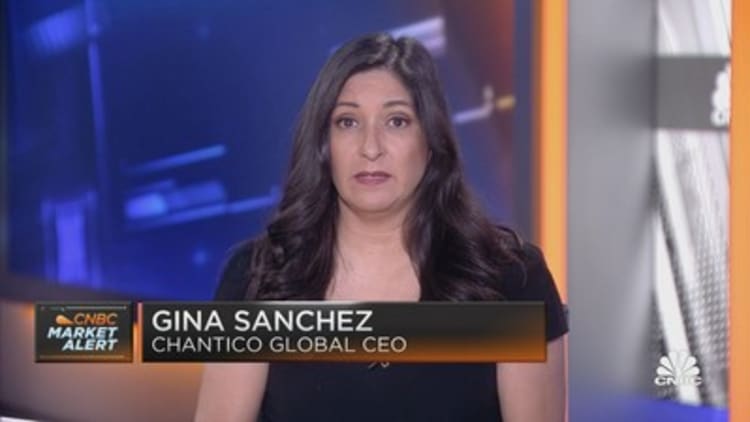
Olezzo | iStock | Getty Images
There’s no question 2022 was a rough year for investors.
With record-high inflation, economic uncertainty and aggressive interest rate hikes from the Federal Reserve to combat rising prices, stocks took a beating. All three of the major indexes had their worst year since 2008: The S&P 500 Index dropped 19.4%, the Dow Jones Industrial Average sank 8.8% and the Nasdaq Composite Index lost 33.1%.
Yet most 401(k) plan participants rode out the storm — and many increased their contributions, according to a new analysis from Vanguard that’s a preview of its annual How America Saves report.
More from Personal Finance:
Here’s when newlyweds may face a ‘marriage tax penalty’
What to do if you’re struggling to make auto loan payments
States have an estimated $70 billion in unclaimed property
As of year-end 2022, the average participant account balance at Vanguard was $112,572, down 20% from a year earlier, the research shows. The median balance — half were above, half below — was $27,376 at the end of the year, a 23% decrease.
At the same time, though, 39% of participants’ deferral rate — the portion of their paycheck directed to their 401(k) account — climbed higher, compared with 9% of investors who decreased their contributions. While many initiated the increase on their own, more than half of the boosts came from the plan’s yearly automatic escalation.
“Despite economic headwinds, we were pleased to see that participant behavior in retirement plans remained in line with previous years, and most participants continued to maintain a long-term view,” said Dave Stinnett, head of strategic retirement consulting at Vanguard.
Trading remained low among 401(k) investors

Additionally, just 2% of the investors in target-date funds made any exchanges (59% of participants are in those funds). Among those not in target-date funds or other professionally managed allocations, only 6% did any trading, the lowest point in 20 years, according to Vanguard.
And, although hardship withdrawals ticked up, they remain a small share of all participants. Last year, 2.8% took such a withdrawal, compared with 2.1% in 2021.
“The uptick … may have been driven by individuals’ personal finance situations, with U.S. households facing some tough economic challenges in 2022,” Stinnett said. “Several government moves since 2018 have also loosened the rules for taking the distributions, so we believe that may have also been a factor in the increase.”
Inflation, at 6.4% over the last year, remains a problem
Meanwhile, economic headwinds remain. The latest inflation reading showed a 6.4% increase over the last 12 months — which remains far above the Fed’s target rate of 2%. This suggests additional rate hikes are on the way, which makes the cost of borrowing more expensive for consumers and businesses.
“The big question around inflation is can the Fed get that under control without costing people their jobs and causing further declines in the market,” said certified financial planner Douglas Boneparth, president of Bone Fide Wealth in New York.
While all three of the major stock indexes have trended upward since early January, it’s impossible to know with certainty whether the higher momentum will continue. Through midday Friday, the S&P has risen about 6% in 2023, the Dow has climbed 1.7% and the Nasdaq has gained nearly 13%.
“We’re starting out the year on a positive note … which is a nice reprieve from the carnage that was 2022,” Boneparth said.
